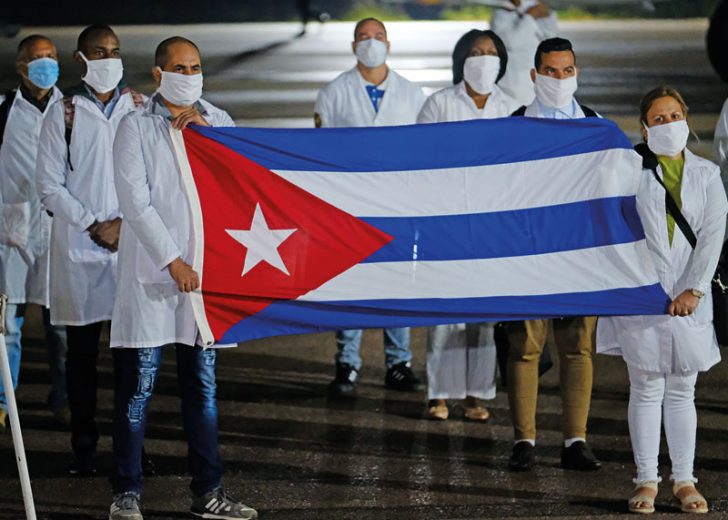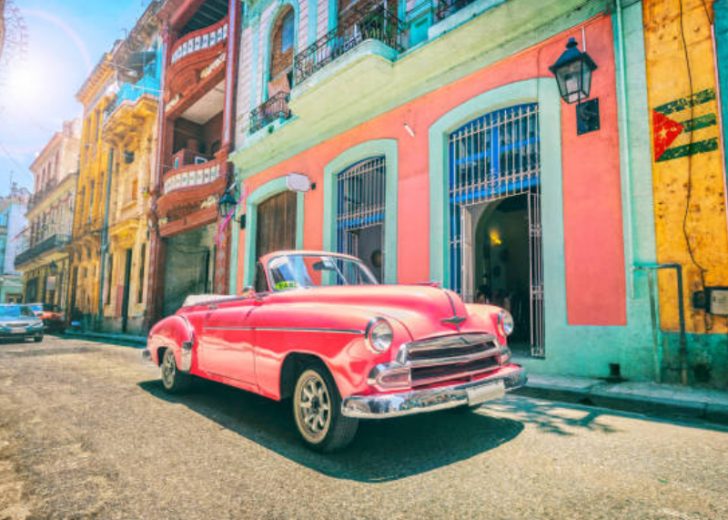Cuba’s devaluation of its peso since the 1959 revolution has painful consequences for Cubans as it ends its long-time dual currency policy when they are forced to exchange their valuable convertible pesos to the lesser valuable Cuban pesos. The Cuban government recently put an end to their dual currency system by devaluing their peso for the very first time since Fidel Castro’s 1959 revolution.

Cuba has set up their exchange rate as thus, 24 Cuban pesos to UD$1, and the convertible Cuban peso, or CUC, shall be phased out by June, leaving the island with one currency over more than 20 years. Cuba attracts $1.9bn in foreign investment despite US sanctions and Biden’s team plans a Cuba reset. Cuba will have a unified currency exchange rate starting January with many implications.
Why Cuba had two currencies?
The Cuban peso (CUP) was created as the island’s currency by Che Guevara, the first Central Bank President. But the American embargo and some state-run economic policies, devalued Cuba’s currency. Cuba’s unstable domestic currency, subject to high inflation rates and fluctuating value, forced people buying imported goods, to have a second currency unofficially to create a flourishing black market and put pressure on their national economy. The tourism industry in Cuba has suffered due to COVID-related restrictions on travel and Trump’s administration’s stricter embargo. OK, so does that mean they use only a foreign currency instead of their own? Countries can fully adopt the US dollar or another foreign currency to provide stability, but such governments can lose control over their monetary policy. Countries can choose to use a domestic currency and a foreign one at the same time, with tight controls. After the collapse of the Soviet Union, Cuba legalized the use of the US tender along with the Cuban peso in 1993. There was a ban on the use of UDS in 2004 when the government created the CUC. Cuba re-allowed “dollar stores”, enabling people buy goods like toiletries, electronics and food with bank cards using foreign currencies while dollars helped deal with its liquidity crisis.
What about CUCs floating around?

Cubans must trade in CUCs for Cuban pesos by June but the currency devaluation at 24 Cuban pesos to 1 CUC means private-sector workers paid in CUCs for years will be hit hard, especially those in the tourism sector decimated by Covid travel restrictions and harsh American policies towards Cuba. Cuba announced increase in government workers’ salaries and pensions to adjust for inflation. But private-sector workers won’t be protected and will afford less with new Cuban pesos than their convertible ones. Cuban peso daily exchange rates will be on the Central Bank’s website, meaning potentially fluctuations rather than a fixed rate. The Cuban President said reforms were necessary for the transformations to update their socio-economic model.
A Painful Transition for Cubans?

Prices of everyday goods, already in shortage, may go up. Venezuela has seen its economy further pummelled in 2020, by skyrocketing inflation and US sanctions. Cuba’s government now requires incoming travellers to present a negative COVID-19 test before entering the country. Tourists may stop flocking to the island nation’s beaches, to listen to Cuban music, enjoy a traditional meal and experience their unique culture until a vaccine makes international travel possible again. Cubans have for decades adapted to tough economic conditions by innovating, where possible.




